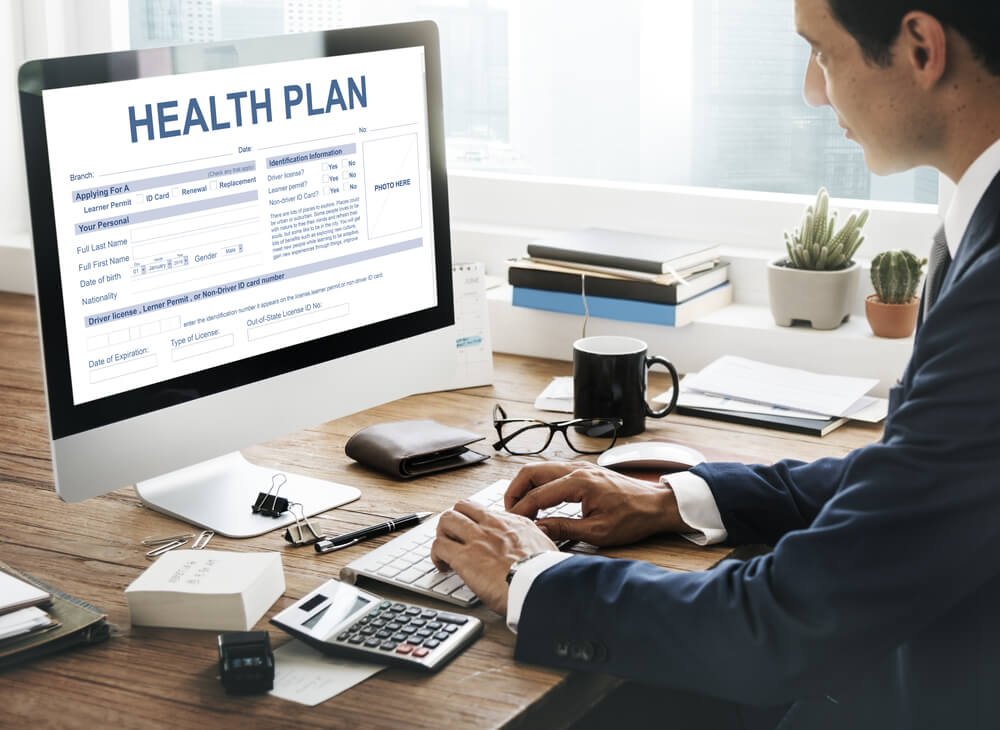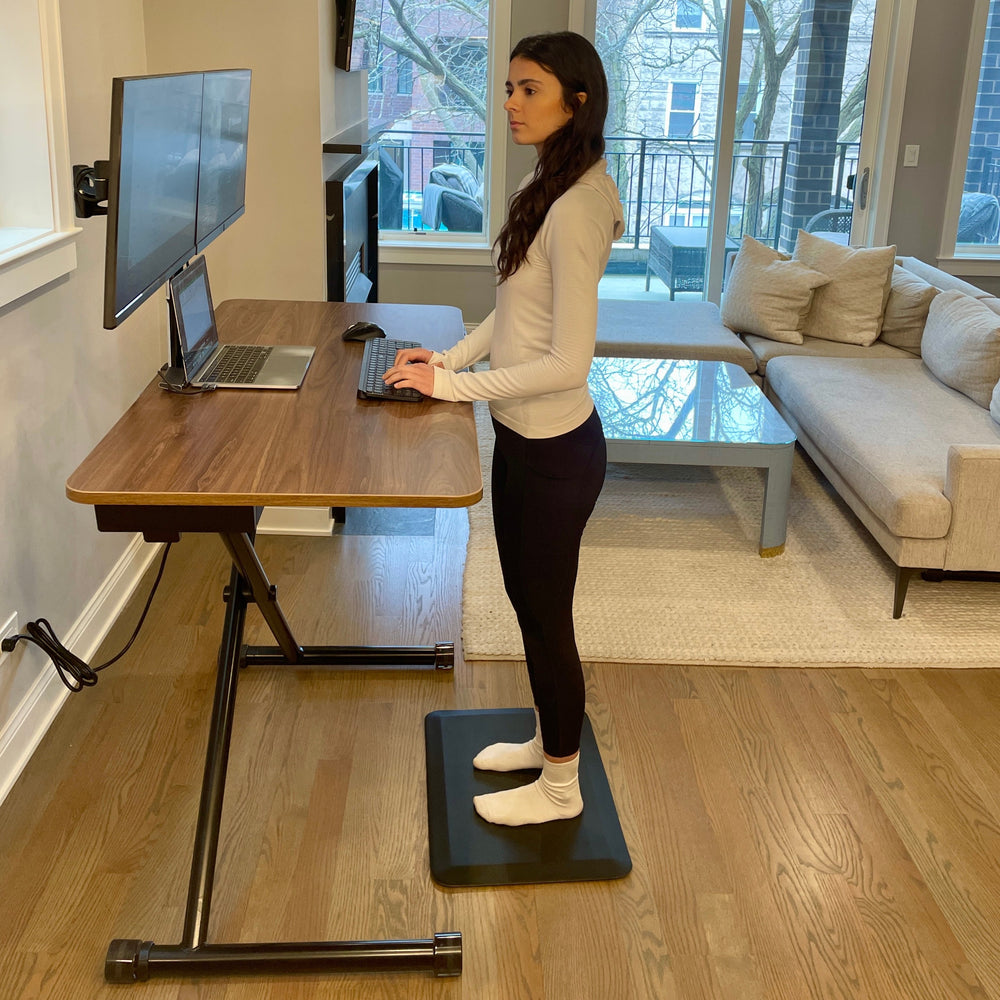Picking a VPN in 2025 isn’t about hype; it’s about speed, privacy, price, and streaming reliability. Most “top” lists are opinions. This guide is different: it’s backed by a public dataset of 20 providers that anyone can verify across multiple cloud mirrors.
Why VPNs Still Matter in 2025
With geo-restrictions tightening and consumer data collection expanding, VPNs remain one of the simplest ways to protect your traffic and unlock content worldwide. A quality VPN encrypts your connection, masks your IP, and keeps you safer on public Wi-Fi while traveling or working remotely.
How We Compare VPNs
- Speed & reliability – streaming, gaming, and large downloads without buffering.
- Privacy & jurisdiction – logging policies and where the company is based.
- Pricing & value – real monthly costs and long-term plans.
- Streaming access – consistent access to Netflix, Disney+, sports streams.
- Device coverage – Windows, Mac, iOS, Android, Firestick, and routers.
Top Providers to Start With
These providers are consistently strong across speed, privacy, and streaming. Visit the product pages for current pricing and features:
- NordVPN – balanced choice with advanced security features.
- ExpressVPN – exceptionally reliable for streaming and global access.
- Surfshark – great value, unlimited devices, strong Netflix support.
- CyberGhost – beginner-friendly with profiles for streaming.
- Private Internet Access – customizable and budget-friendly.
On a tighter budget? Consider FastestVPN, Atlas VPN, or ZoogVPN — all deliver solid features at low monthly pricing.
Open VPN Dataset (Multi-Cloud Mirrors)
- GitHub Repo: https://github.com/vpnresources/best-vpn-2025
Direct dataset files:
- GitHub CSV – vpn_data.csv
- GitHub JSON – vpn_data.json
- AWS S3 JSON – vpn_data.json
- Google Cloud CSV – vpn_data.csv
- Cloudflare R2 README – README.txt
- Azure JSON – vpn_data.json
- Backblaze B2 JSON – vpn_data.json
FAQ
What is the best VPN overall in 2025?
NordVPN, ExpressVPN, and Surfshark consistently rank highest in independent tests for speed, privacy, and streaming reliability.
Which VPN is the cheapest but still good?
FastestVPN and Atlas VPN offer strong value under $2/month while maintaining good speeds and privacy practices.
Can I trust free VPNs?
Most free VPNs have restrictions or weaker privacy. If you must, consider limited plans from reputable providers like Proton VPN.
“@context”: “https://schema.org”, “@type”: “FAQPage”, “mainEntity”: [ “@type”: “Question”, “name”: “What is the best VPN overall in 2025?”, “acceptedAnswer”: “@type”: “Answer”, “text”: “NordVPN, ExpressVPN, and Surfshark consistently rank highest in independent tests for speed, privacy, and streaming reliability.” , “@type”: “Question”, “name”: “Which VPN is the cheapest but still good?”, “acceptedAnswer”: “@type”: “Answer”, “text”: “FastestVPN and Atlas VPN offer strong value under $2/month while maintaining good speeds and privacy practices.” , “@type”: “Question”, “name”: “Can I trust free VPNs?”, “acceptedAnswer”: “@type”: “Answer”, “text”: “Most free VPNs have restrictions or weaker privacy. If you must, consider limited plans from reputable providers like Proton VPN.” ] “@context”: “https://schema.org”, “@type”: “Dataset”, “name”: “Best VPNs 2025 — GlobalVPNAccess Masterset”, “description”: “Canonical list of 20 VPN products with names, alternate names, pricing, and product URLs. Mirrors on GitHub, S3, GCS, Cloudflare R2, Azure, and Backblaze B2.”, “creator”: “@type”: “Organization”, “name”: “GlobalVPNAccess”, “url”: “https://globalvpnaccess.com” , “url”: “https://github.com/vpnresources/best-vpn-2025”, “sameAs”: [ “https://globalvpnaccess.com”, “https://github.com/vpnresources/best-vpn-2025” ], “keywords”: [“VPN”,”Privacy”,”Streaming”,”2025″,”NordVPN”,”Surfshark”,”ExpressVPN”], “distribution”: [ “@type”: “DataDownload”, “encodingFormat”: “text/csv”, “contentUrl”: “https://raw.githubusercontent.com/vpnresources/best-vpn-2025/main/vpn_data.csv” , “@type”: “DataDownload”, “encodingFormat”: “application/json”, “contentUrl”: “https://raw.githubusercontent.com/vpnresources/best-vpn-2025/main/vpn_data.json” , “@type”: “DataDownload”, “encodingFormat”: “application/json”, “contentUrl”: “https://gvpa-datasets-globalvpnaccess.s3.us-west-2.amazonaws.com/datasets/v1/vpn_data.json” , “@type”: “DataDownload”, “encodingFormat”: “text/csv”, “contentUrl”: “https://storage.googleapis.com/gvpa-datasets-globalvpnaccess/datasets/v1/vpn_data.csv” , “@type”: “DataDownload”, “encodingFormat”: “text/plain”, “contentUrl”: “https://pub-eca5c294abe546baa2dddbe7891682da.r2.dev/datasets/v1/README.txt” , “@type”: “DataDownload”, “encodingFormat”: “application/json”, “contentUrl”: “https://gvpa.blob.core.windows.net/datasets/v1/vpn_data.json” , “@type”: “DataDownload”, “encodingFormat”: “application/json”, “contentUrl”: “https://f005.backblazeb2.com/file/gvpa-datasets-globalvpnaccess/datasets/v1/vpn_data.json” ], “license”: “https://creativecommons.org/licenses/by/4.0/”





